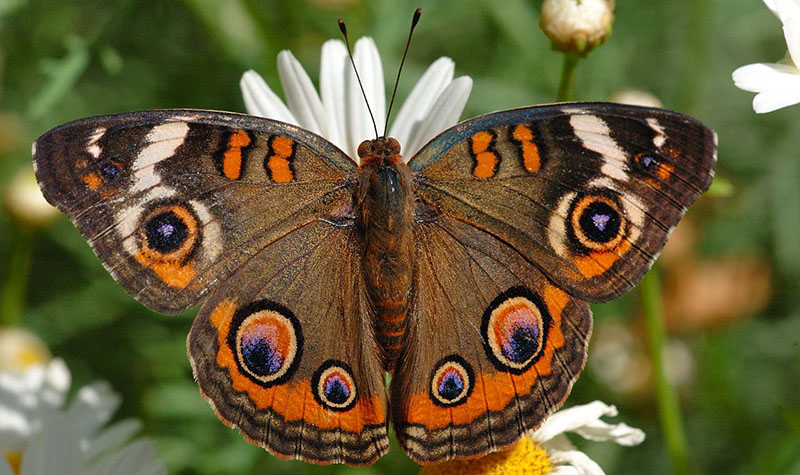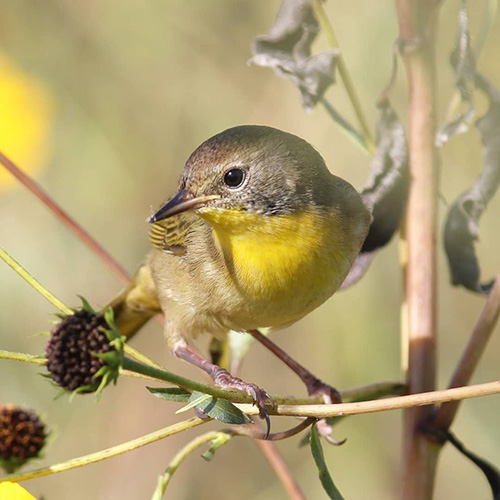Native Plants Improve Environment, Reduce Maintenance Costs

Native plants play such a critical role in our ecosystems. They have coevolved with the soils, rainfall patterns, and climatic conditions of a region. Native plants also have specialized relationships with the birds, butterflies, pollinators, and other wildlife of a region, providing nutrition and nesting. A common misconception is that all plants can provide the food and nesting sources birds and pollinators are seeking. Only native plants can provide these resources.

Many native plants are endemic – occurring in certain regions and nowhere else – and are therefore precious resources worth nurturing. Significantly, native plants do not require pruning, fertilizer, or insecticides. Most importantly, native plants require much less, if any, irrigation (except in extended periods of drought). Therefore, native plant landscapes provide water conservation and require less maintenance.
I’m passionate about ensuring each landscape architecture project benefits the larger environment and enhances the ecology of the region. The world is losing native plant communities at an alarming rate, and what remains is fragmented. By planting native plants in urban and suburban regions, we bridge some of this biodiversity gap while reaping a number of rewards in the process.
What Are the Water Quality and Cost Advantages of Native Plants?
Here are a few of the many advantages derived from integrating native plants into landscapes:
- Erosion is reduced. Upland plants hold soil, and shoreline plants stabilize, so soil does not erode into water bodies.
- Runoff volume is reduced. Upland landscapes, ecotones, and shoreline vegetation slow water’s flow during rainfall so that it soaks into the soil.
- Runoff is cleaner: Plants adapted to their environment require fewer insecticide and fertilizer treatments, removing these pollutants from the runoff to adjacent water bodies.
- Plant nutrients are removed from lakes and ponds. Plants absorb nutrients that would otherwise increase the growth of water-clouding, oxygen-depriving algae.
- When native plant groundcovers are used in lieu of grass, maintenance budgets can be reduced by up to 80%.
The Importance of Biodiversity
Biodiversity refers to the natural variety of plants, animals, fungi, and microorganisms found in all ecosystems. Designing with the principle of sustaining biodiversity in the built environment brings many benefits to the landscape, local ecology, and residents’ quality of life.
To achieve biodiversity, the layers of natural plant communities must be mimicked in the landscape design. This involves eliminating large monocultures, such as large expanses of turf (keeping only functional/recreational turf areas) and developing more layers: canopy, understory, shrub, and groundcover. Maintaining or increasing a region’s biodiversity ensures birds and other wildlife will have sustainable populations into the future.
What Are the Benefits of Biodiversity, Sustainability, and Native Plant Landscapes?
Fully embracing the philosophy of biodiversity and sustainability in the selection of plants for a landscape benefits the human and non-human residents of a neighborhood in these ways:
- Enhanced beauty and harmony
- Less ecological decline in the community
- Water conservation and the elimination of insecticides
- The elimination of fertilizers
- Necessary links to the bird and butterfly food chain and nesting sites
- More abundant birds and butterflies for viewing
- Dramatically lower life cycle maintenance costs
- Enhanced quality of life for residents
- Higher property values
Visit our landscape architecture page for more about the services we offer.

Post a comment: